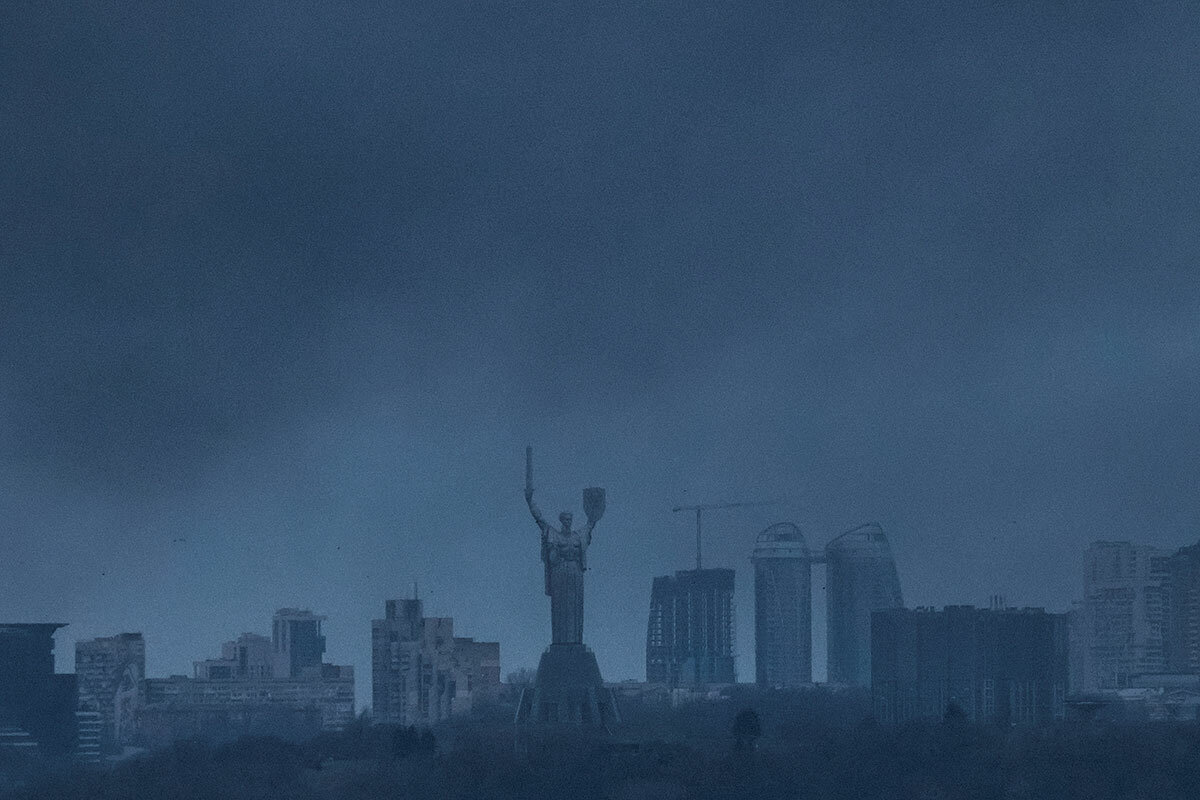President Biden’s budget proposal came out today. It offers a portrait of what he values and how he is preparing for the fights ahead – from the federal debt limit to the 2024 election.
Monitor Daily Podcast
- Follow us:
- Apple Podcasts
- Spotify
- RSS Feed
- Download
 Mark Sappenfield
Mark Sappenfield
I will never forget my first day in Journalism 101. The white-haired professor stalked among the desks and then asked the question calibrated to change our lives, delivered with perfect pitch and timbre.
“Who decides what is news?”
We gave all manner of foolish answers until he cleaved the classroom like a sword stroke.
“You do.”
The statement was meant to impress, intimidate, and awe. We were the gatekeepers. The responsibility seemed a burden and a solemn oath. Today, it is also a fallacy. In the internet era, we journalists don’t control the news. You do. You now have more choices and more voices competing for your attention – some good, some not so good. We now know which article you click on. We still play an important role, but all this demands that we cater more to you.
That’s not always bad. But it means we have to write things that you will read or we’ll soon be unemployed, as many journalists now are.
I don’t have sympathy for Fox News. New documents show they knowingly reported lies as truth to “respect” their audience after the 2020 election. Yet I appreciate the challenge they face. It is only an acute and acutely reckless case of what is happening across the news industry.
The Monitor is fortunate to be supported by a church that stands firmly behind journalism to “bless all mankind,” in the words of our founder, Mary Baker Eddy. Often that means doing journalism fewer people may be clamoring to read. Stories from Jordan to Jammu. Stories that don’t hew to partisan narratives. Stories that aim to build rather than tear down.
Page views and ratings can often tell us about humanity’s lowest urges. But there are still places for journalism that hopes to lift us to our higher selves, even – and perhaps especially – when that is inconvenient.











